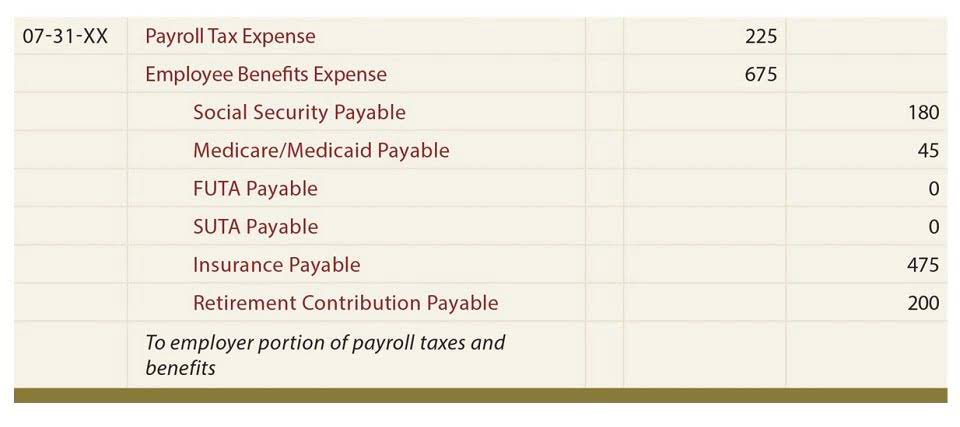Bookkeeping
Solved 15 Assets that are expected to be converted to cash,

A liquid asset is an asset that can easily be converted into cash in a short amount of time. Liquid assets include things like cash, money market instruments, and marketable securities. Both individuals and businesses can be concerned with tracking liquid assets as a portion of their net worth.
Marketable Securities

A maturity date is the date you must pay a debt in full or when the final payment is due. Equity refers to how much an owner or shareholder invested in a business. Essentially, equity is the net worth of the business since it can also refer to its potential value. Credit happens when a borrower receives a good or service before making a payment and then agrees to pay at a later date. You can also use it to describe a journal entry where deposits are credited.

Non-current liabilities
These may include loans, accounts payable, mortgages, deferred revenues, bond issues, warranties, and accrued expenses. For a company keeping accurate accounts, every business transaction will be represented in at least two of its accounts. Net profit is the total amount a business earned or lost at the end of an accounting period. To determine your net profit, you have to subtract all your business expenses from your total sales revenue. Net profit can help determine whether a business’s earnings are increasing or decreasing. A general ledger is a record of the company’s financial accounts and transactions, including their assets, liabilities, revenue, and expenses.

Operating assets

The order in which these accounts appear might differ because each business can are any assets easily converted into cash within one calendar year account for the included assets differently. Working capital is the difference between current assets and current liabilities. It represents a company’s ability to pay its short-term obligations. Prepaid expenses refer to the operating costs of a business that have been paid in advance. Thus, cash reduces in the balance sheet at the time when such expenses are paid at the beginning of the accounting period.
- It can apply to any type of asset, such as stock investments and property.
- It also includes cash from foreign countries, though some foreign currency may be difficult to convert to a more local currency.
- The value of these items are summed up and listed on the balance sheet under the inventory category.
- If an account is never collected, it is entered as a bad debt expense and not included in the Current Assets account.
- Current Assets is an account where assets that can be converted into cash within one fiscal year or operating cycle are entered.
There are a few different types of assets, but not all of them are considered current assets. For example, property, plant, and equipment are not typically considered current assets. Current ratio measures your ability to pay your current liabilities with your current assets. The operating cycle is an important metric because it can impact your working capital and liquidity. On your balance sheet, these three components will show how your business is https://x.com/BooksTimeInc financially operating. Your assets include your valuable resources, while your liabilities include any debts or obligations you owe.
Real-World Example of the Accounting Equation

Suppose you’re attempting to secure more financing or looking for investors. In that case, a high debt-to-equity ratio might make it more difficult to find creditors or investors willing to provide funds for your company. The dollar amount of assets on the left side of the equation must equal the sum of liabilities and https://www.bookstime.com/ equity on the right side of the equation. Below, we’ll cover the fundamentals of the accounting equation and the top business formulas that businesses should know. Read end-to-end for a thorough understanding of accounting formulas or use the list to jump to an equation of your choice.
Cash ratio equation
- Bookkeeping logs all transitions as debits and credits, which helps you make decisions about investments, operations, and financing.
- A high profit margin indicates a very healthy company, while a low profit margin could suggest that the business does not handle expenses well.
- This can include long credit terms with its suppliers or very little credit extended to its customers.
- The key components of current assets are cash and cash equivalents, marketable securities, accounts receivable, inventory, prepaid expenses, and other liquid assets.
To get the most from analyzing Current Assets, you shouldn’t look at them based solely on their absolute values. You should also use Current Assets to calculate various ratios that can yield insights into the operating performance. Here are some formulas that will help you when dealing with Short-Term Assets. The Assets section orders the most liquid line items first and the lease liquid item last. Therefore, the Balance Sheet orders the Current Assets above Non-Current Assets. Within the Current Assets section, nothing is more liquid than Cash & Cash Equivalents.
Inventory is considered to be a current asset because the company usually expects to sell the product within the year. Quick ratio is a more cautious approach towards understanding the short-term solvency of a company. It includes only the quick assets which are the more liquid assets of the company.

